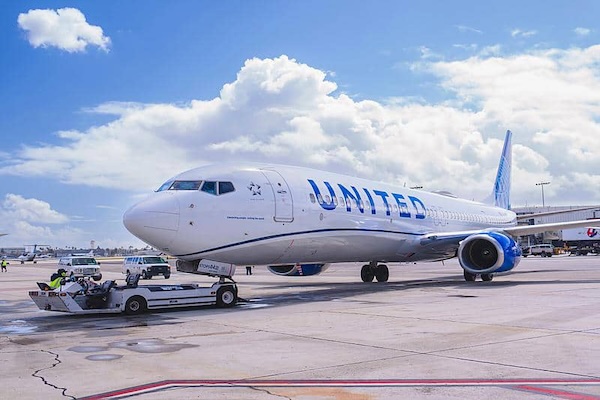United Airlines experienced a significant financial impact in the first quarter as a result of the grounding of Boeing 737 Max 9 aircraft, leading to a substantial pre-tax loss. The company has since implemented strategic fleet adjustments to mitigate further disruptions.
The grounding event has emphasised the need for United Airlines to recalibrate its fleet strategy, balancing immediate challenges with long-term growth objectives. The airline’s efforts to adapt to supply constraints and ensure operational readiness are central to its recovery.
The grounding of Boeing 737 Max 9 aircraft significantly impacted United Airlines’ financial performance in the first quarter. The airline reported a pre-tax loss of $164 million, attributing approximately $200 million of this loss to the grounding. Without this event, United Airlines would have recorded a quarterly profit. The financial setback underscores the profound implications that unforeseen operational disruptions can have on airline profitability.
United Airlines has made strategic adjustments to its fleet plans in response to manufacturing and regulatory constraints. CEO Scott Kirby remarked, “We’ve adjusted our fleet plan to better reflect the reality of what the manufacturers are able to deliver.” The airline now expects to receive 61 narrow-body and five wide-body aircraft this year, a significant reduction from the previously anticipated 101 narrow-body deliveries.
In light of the delays in Boeing deliveries, United Airlines has secured agreements to lease 35 new Airbus A321neos in 2026 and 2027. This move aims to mitigate future capacity challenges by diversifying the airline’s fleet composition. The leasing of these Airbus aircraft is a strategic decision to ensure that operational readiness is maintained despite production delays.
The grounding of the B737 Max 9 was prompted by a mid-air cabin panel blowout on an Alaska Airlines domestic flight in January. Such incidents necessitate thorough safety checks to comply with regulatory standards. United Airlines, which operates almost 80 of these aircraft, had to ground the fleet for three weeks. This precautionary step was taken before U.S. regulators allowed the Max 9 to resume operations.
Overall, passenger numbers increased by 6.8% year-on-year to 39.3 million. This growth is indicative of United Airlines’ strong market position and effective demand management strategies.
This commitment has allowed the airline to navigate challenging times while continuing to meet its operational and financial goals.
Looking ahead, United Airlines is poised to adapt to the evolving landscape with strategic fleet management and capacity planning. By aligning their fleet strategy with manufacturer capabilities, United is taking proactive steps to ensure future stability and growth potential. The leased Airbus A321neos represent a forward-thinking approach to fleet diversification and risk management.
United Airlines’ response to the B737 Max 9 grounding exemplifies its dedication to operational excellence and strategic adaptability. By diversifying its fleet and prioritising safety and customer satisfaction, the airline is well-positioned to navigate future challenges.
These efforts demonstrate a commitment to robust operational management, ensuring United Airlines can continue to thrive in a competitive and dynamic aviation landscape.

